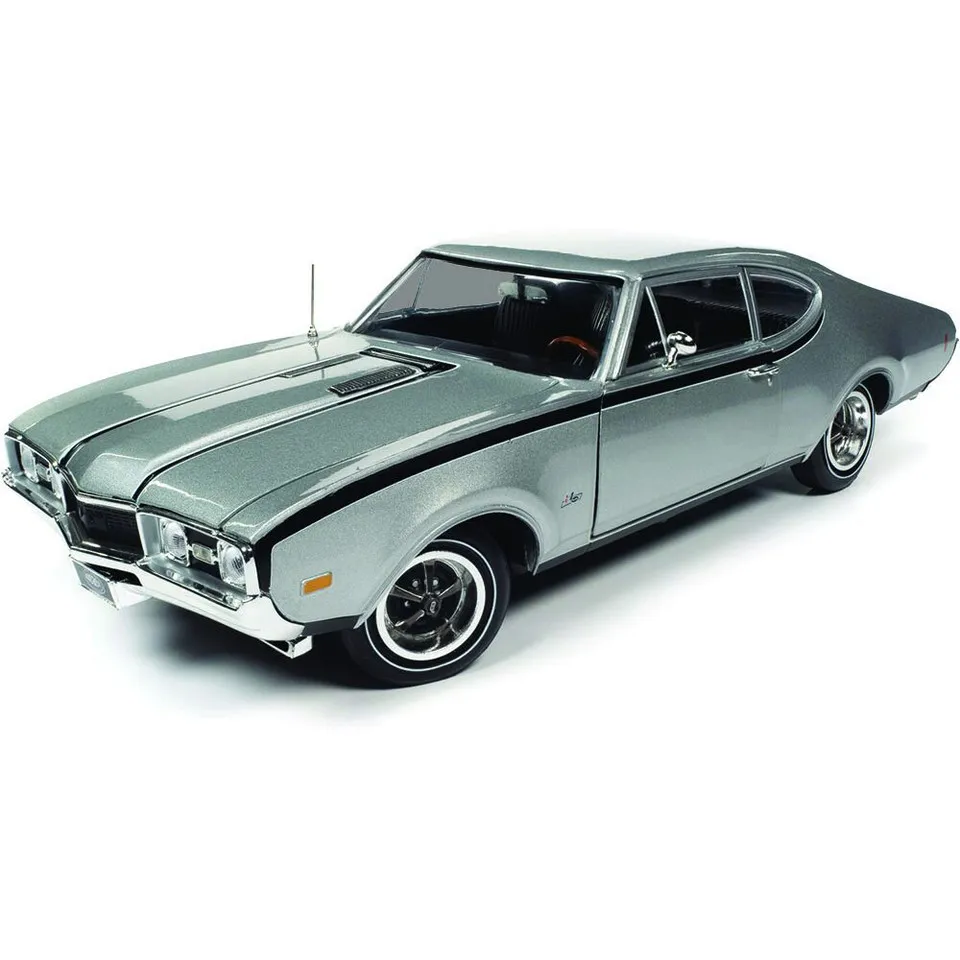The Allure of Diecast Touring Cars
Diecast touring cars have captured the hearts of automotive enthusiasts and collectors worldwide, offering a tangible connection to the exciting world of motorsport. These miniature marvels are more than just toys; they are meticulously crafted replicas that embody the spirit, performance, and history of their full-sized counterparts. The appeal of diecast touring cars lies in their ability to evoke nostalgia, celebrate iconic racing moments, and provide a unique way to appreciate automotive design and engineering. For many, collecting these models is a passionate hobby, a way to build a personal museum of automotive history and a testament to the enduring popularity of touring car racing. Owning these miniatures provide immense satisfaction and serves as a reminder of the rich history and thrilling competitions associated with touring car racing.
Detailed Scale Replica
One of the most significant features of diecast touring cars is their incredible level of detail. Manufacturers go to great lengths to accurately replicate every aspect of the original cars, from the body shape and dimensions to the smallest design elements. The scale of these models, usually 1:18 or 1:43, allows for an exceptional level of precision. This attention to detail is what makes these models so appealing to collectors, as they can admire the engineering and design of the original cars in miniature form. Each curve, spoiler, and decal is meticulously recreated, providing an authentic representation of the real-life touring cars. The scale replica aspect is what separates diecast cars from simpler toy cars, transforming them into collectibles that celebrate automotive excellence.
Authentic Liveries and Decals
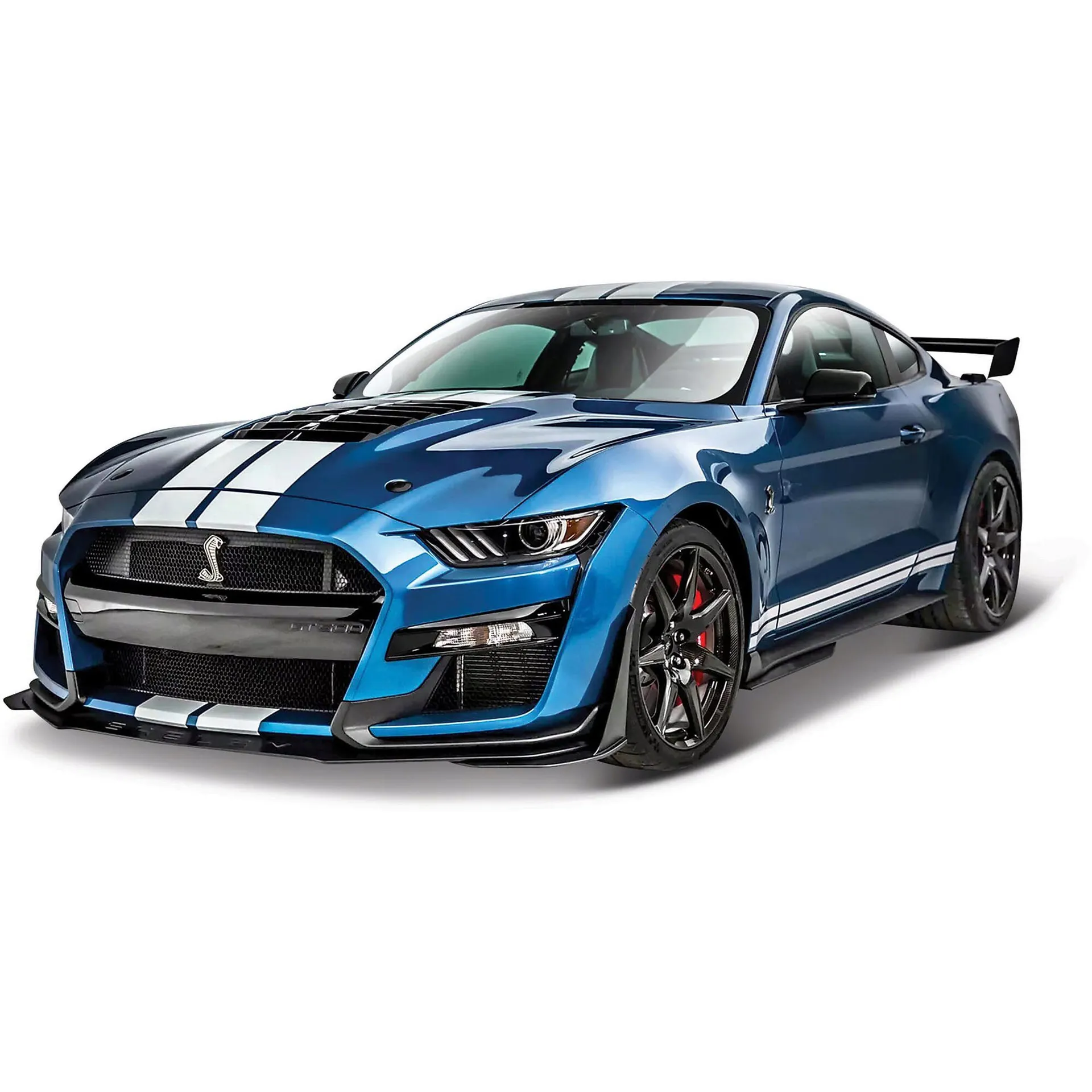
The liveries and decals on diecast touring cars are a critical aspect of their appeal and authenticity. These cars are often adorned with the exact paint schemes, sponsor logos, and racing numbers that were present on the actual race cars. This level of accuracy allows collectors to own miniature versions of the most iconic and historically significant touring cars. The decals are meticulously applied, often using tampo printing or other advanced techniques to ensure they are durable and accurately placed. These decals not only enhance the visual appeal of the models but also tell the story of each car’s racing history, the teams, and the drivers who piloted them to victory. Collectors can thus own a piece of history by owning cars from different teams and races.
High-Quality Materials
Diecast touring cars are crafted using high-quality materials, which contributes significantly to their durability, realism, and value. The primary material used is die-cast metal, which gives the models a substantial weight and a premium feel. The use of metal also allows for intricate details to be molded and replicated accurately. Other materials, such as high-quality plastics, rubber, and sometimes even fabric, are used for various components like interiors, tires, and seatbelts. The combination of these materials ensures that the models are not only visually appealing but also durable and can withstand the test of time. The use of quality materials is crucial for creating a collectible that can be enjoyed for many years and even appreciate in value.
Die-Cast Metal Construction
The die-cast metal construction is a defining characteristic of these model cars. This manufacturing process involves injecting molten metal, typically zinc alloy, into a mold. The use of metal allows for the creation of complex shapes and fine details that would be impossible with other materials. This metal construction also gives the models a satisfying weight and a premium feel. Die-cast metal is incredibly durable, protecting the model from damage and ensuring its longevity. The metal body also provides a solid foundation for the paint and decals, allowing them to adhere properly. This construction method ensures that the models are robust, visually stunning, and able to last for decades, making them perfect for collectors and enthusiasts.
Rubber Tires and Rolling Wheels
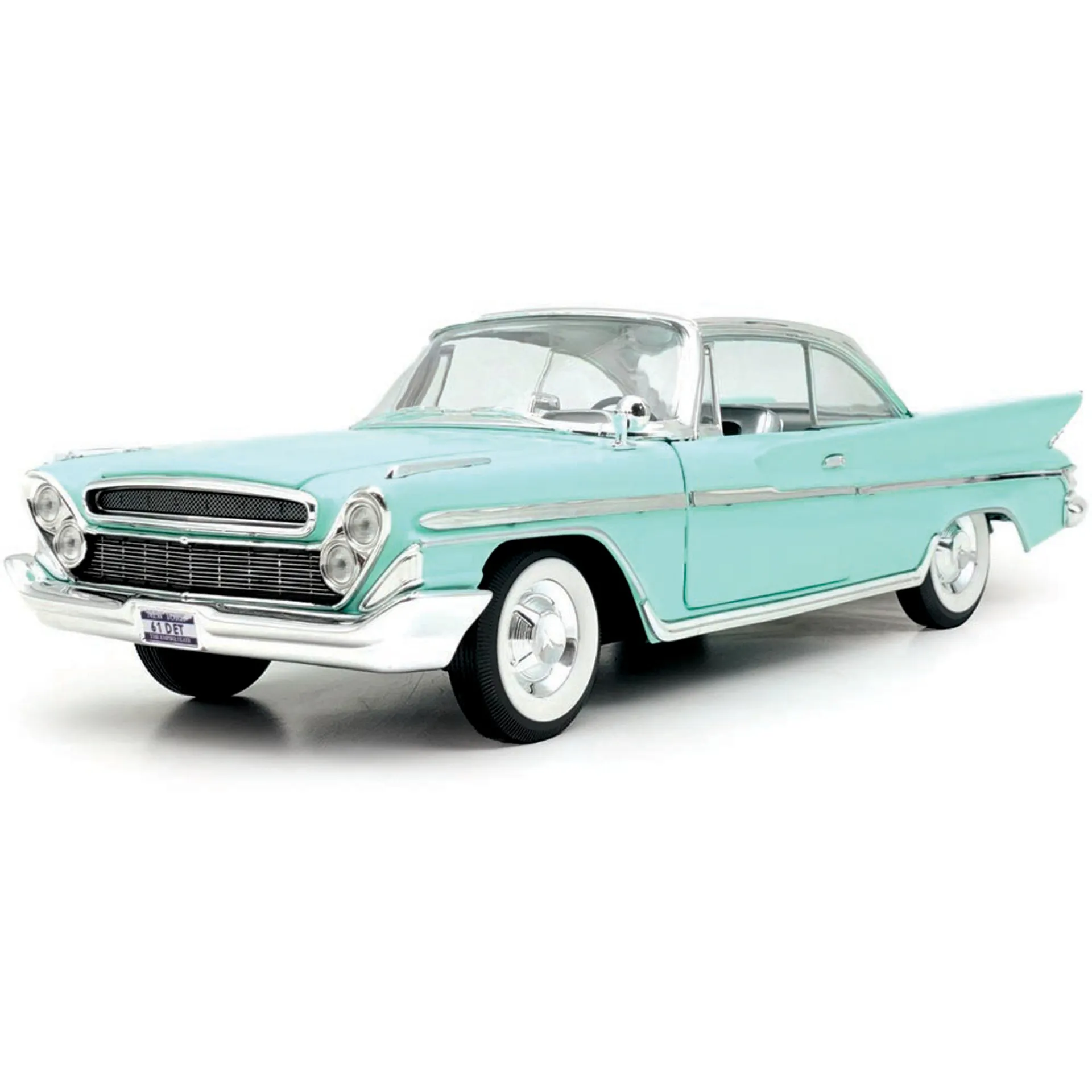
The inclusion of rubber tires and rolling wheels enhances the realism and playability of diecast touring cars. The tires are typically made from high-quality rubber, which accurately replicates the appearance and texture of real racing tires. These tires not only add to the model’s visual appeal but also provide a tactile experience when handling the car. The rolling wheels allow the models to be moved and displayed in dynamic poses, further enhancing their appeal. This functionality adds another dimension to collecting these models, allowing enthusiasts to recreate racing scenarios or simply enjoy the smooth movement of their miniature cars. The rolling wheels and rubber tires are essential features that contribute to the overall enjoyment and collectability of these models.
Intricate Interior Detailing
Beyond the exterior, the interiors of diecast touring cars are often incredibly detailed. Manufacturers pay close attention to replicating the interior of the real cars, including seats, dashboards, steering wheels, gear shifters, and roll cages. Details like seatbelts, gauges, and even the textures of the materials are often included. This meticulous detailing adds another layer of realism and appeal for collectors. The interiors are often visible through the car’s windows, allowing enthusiasts to admire the craftsmanship and appreciate the level of detail. This attention to detail makes each model a true work of art, adding to their value and desirability among collectors.
Opening Doors and Hoods
Many diecast touring car models feature opening doors and hoods, allowing enthusiasts to explore the interior and engine bay of the miniature car. This feature adds another layer of interaction and realism to the models. Opening doors and hoods allow collectors to appreciate the intricate details within the car, providing a closer look at the engine, suspension, and interior components. This functionality enhances the overall collecting experience, making the models more engaging and fun to display. The ability to open these features also allows for easier detailing and customization, further increasing their appeal to collectors who enjoy modifying their models. Opening doors and hoods are a premium feature that elevates the collectibility of these detailed replicas.
Limited Edition Releases and Collectibility
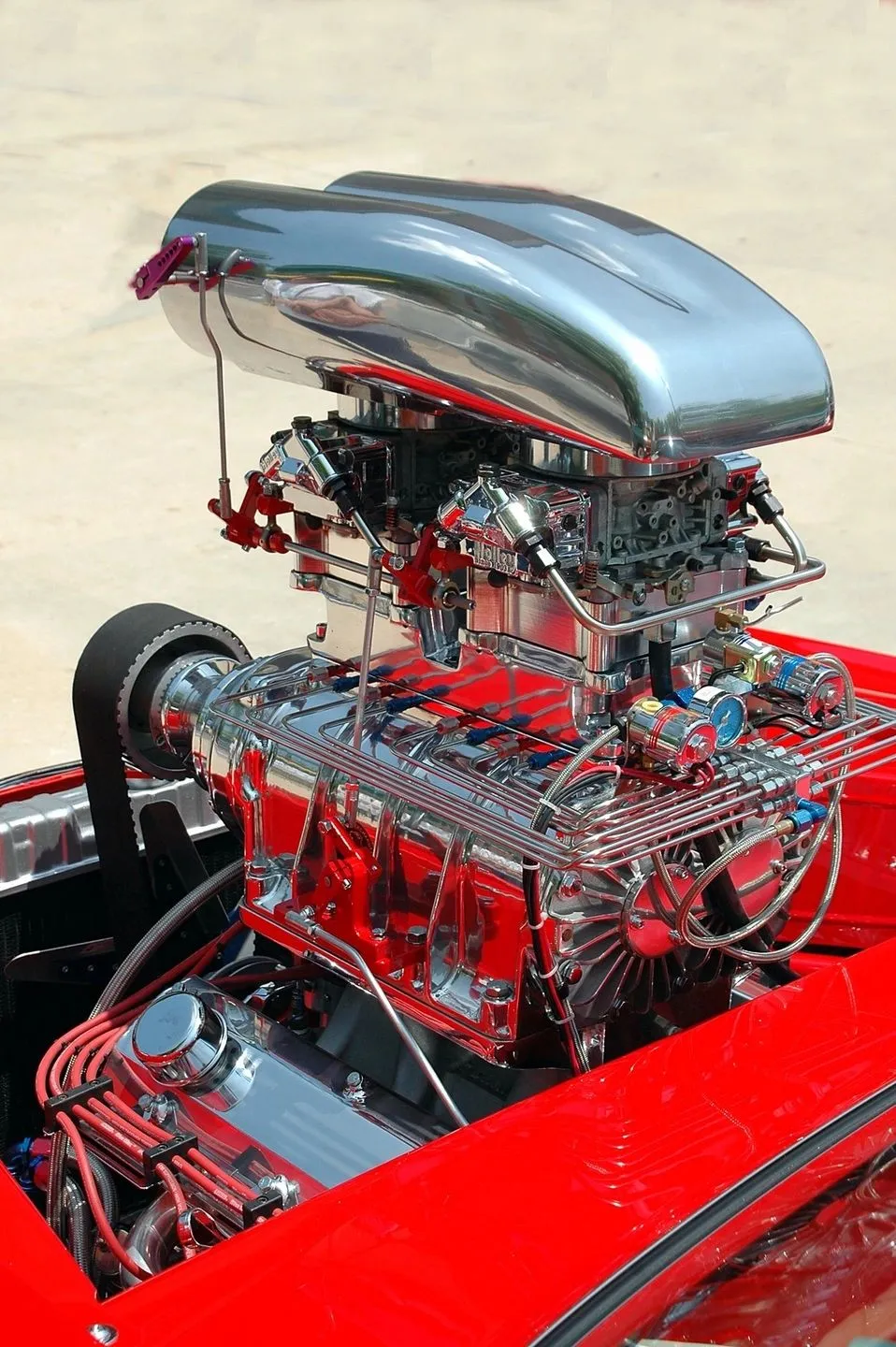
Many diecast touring car models are produced as limited editions, increasing their collectibility and value over time. These limited releases often feature unique paint schemes, special decals, or other exclusive details that make them highly sought after by collectors. Manufacturers often release models in specific quantities, and once they are sold out, they are rarely produced again. This scarcity drives up demand in the secondary market, making these models a potentially valuable investment. Collectors actively seek out these limited editions, as they represent a unique opportunity to own a piece of automotive history. The limited availability and exclusivity of these releases add an exciting element to the hobby, making it even more rewarding for collectors.
The Historical Significance of Touring Cars
Diecast touring cars celebrate the rich history of touring car racing, which has a significant place in motorsport history. Touring car racing has a long and storied past, with many iconic races and championships held around the world. The cars themselves represent the evolution of automotive technology and design, showcasing the performance and innovation of various manufacturers. Collecting these models allows enthusiasts to connect with and appreciate the historical significance of touring car racing. These models act as miniature time capsules, representing the legendary races, drivers, and teams that have shaped the sport. Owning these models provides a tangible link to the past and the exciting history of touring car racing.
Iconic Touring Car Models
The world of diecast touring cars features models of some of the most iconic and historically significant vehicles in the sport’s history. These models celebrate cars that have achieved legendary status, either through their racing success or their distinctive design. These include classic models like the BMW M3, the Ford Sierra RS500, and the Audi Quattro, each representing a different era and aspect of touring car racing. Collectors often focus on these iconic models to build their collections, as they represent the pinnacle of automotive engineering and racing achievement. Owning these models is a way to celebrate the legacy of these legendary cars and relive some of the most exciting moments in motorsport history. These cars offer collectors a tangible piece of motorsport history.
How Diecast Touring Cars are Made
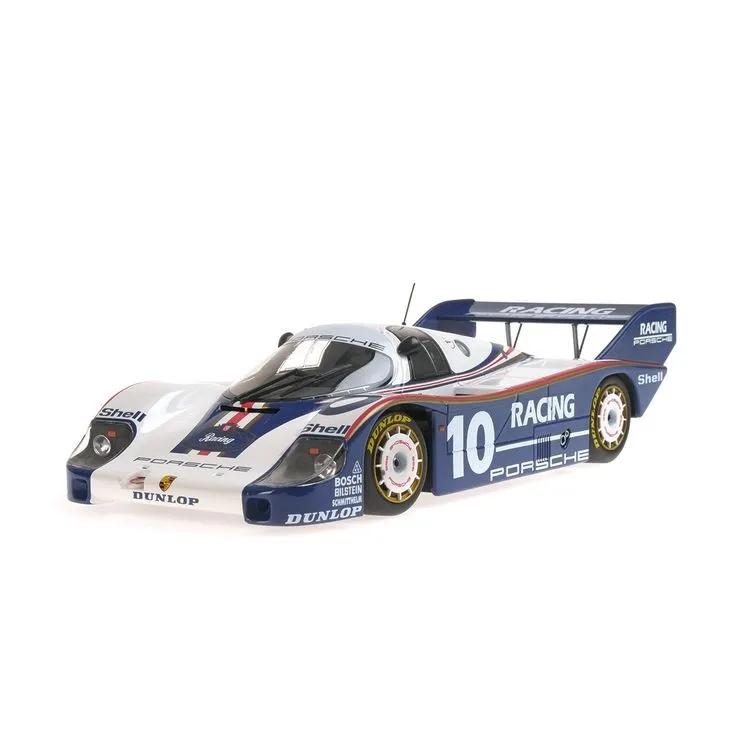
The creation of diecast touring cars is a detailed and complex process that combines engineering, design, and manufacturing expertise. The process typically involves several stages, starting with the initial design phase and progressing through mold creation, die-casting, assembly, and quality control. Skilled designers and engineers use computer-aided design (CAD) software to create detailed blueprints and 3D models of the cars. These designs are then used to create molds, often made of steel, which are used to shape the metal components. The process requires immense precision and expertise to create the fine details and accurate representations that characterize these models.
The Manufacturing Process
The manufacturing process for diecast touring cars begins with the creation of the molds. Molten metal, usually a zinc alloy, is injected into the molds under high pressure, filling every detail. Once the metal cools and solidifies, the parts are removed from the molds. These parts are then trimmed, cleaned, and prepared for painting. The painting process involves applying multiple layers of paint, often using sophisticated techniques to achieve the desired finish and color accuracy. Decals and other details, such as sponsor logos and racing numbers, are applied by tampo printing or other techniques. The various components are then assembled, with skilled workers meticulously fitting the parts together. Finally, the models undergo a rigorous quality control process to ensure they meet the high standards expected by collectors. The whole process from design to finished product demands a high level of skill and precision.
Diecast Touring Car: A Growing Hobby
Collecting diecast touring cars is a growing hobby, fueled by the passion of automotive enthusiasts and the increasing availability of high-quality models. The hobby offers a wide range of benefits, from the joy of owning miniature representations of iconic cars to the social aspects of connecting with other collectors. Online communities, dedicated forums, and local clubs provide opportunities for collectors to share their passion, exchange information, and buy, sell, and trade models. The hobby also encourages the development of research skills, as collectors often delve into the history of the cars and the racing series they represent. This growing popularity is a testament to the enduring appeal of these models and their ability to connect people through a shared love of automotive history and design.
Where to Buy Diecast Touring Cars
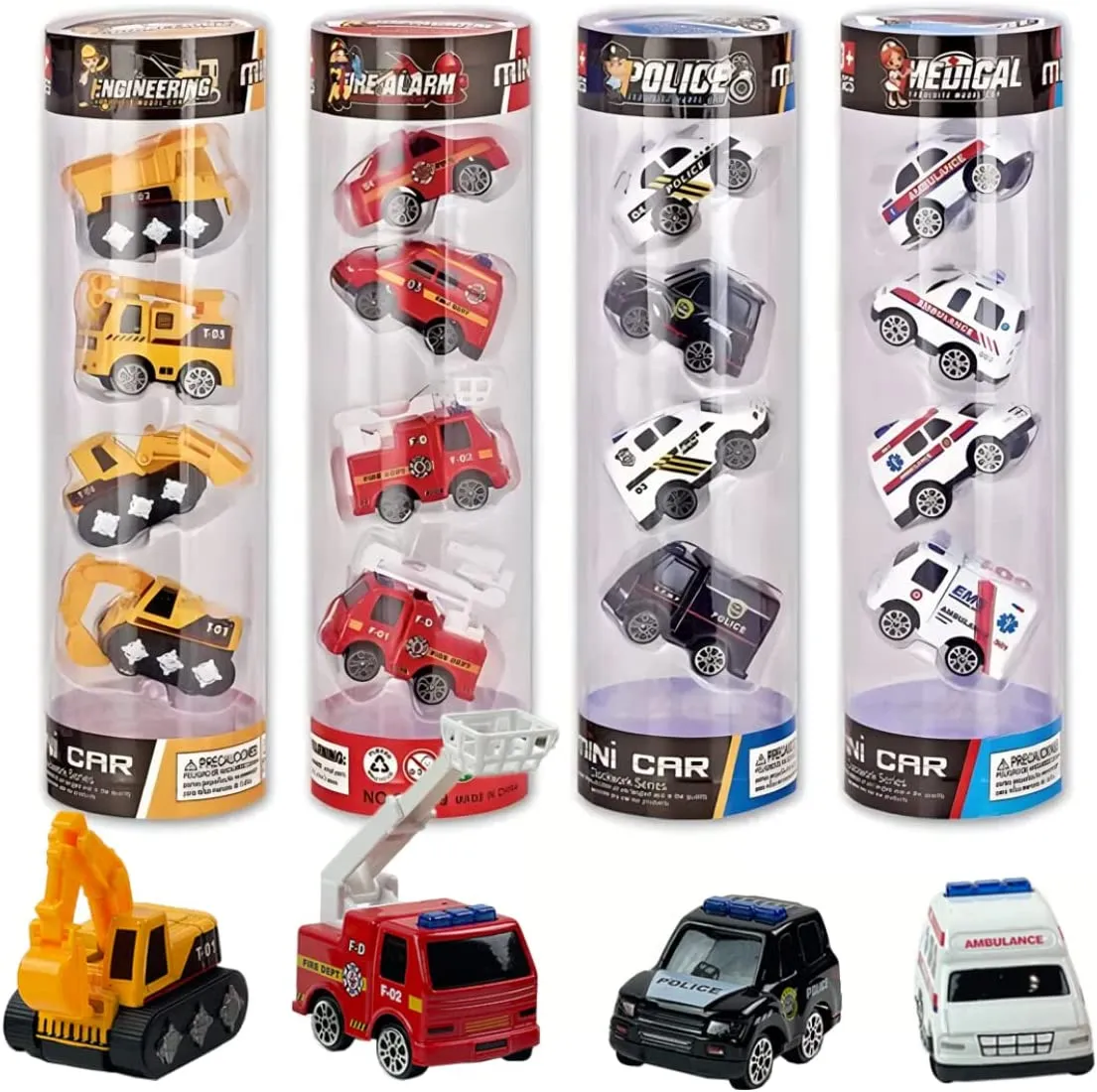
Diecast touring cars can be found through various channels, both online and offline. Online retailers such as Amazon, eBay, and specialized diecast model websites offer a vast selection of models from different manufacturers. These platforms often provide detailed product descriptions, images, and customer reviews, making it easier for collectors to find the models they are looking for. Local hobby shops, model train stores, and automotive memorabilia stores also stock diecast cars and are a great place to find models. These shops often provide personalized service and the opportunity to see and handle the models before purchasing. Attending model car shows and swap meets is another excellent way to find rare and vintage models and to connect with other collectors. The variety of available options ensures that there is something for every collector.
Displaying and Preserving Your Collection
Proper display and preservation are essential aspects of collecting diecast touring cars. Displaying your collection allows you to showcase your prized models and share your passion with others. Many collectors use display cases, shelves, or dedicated rooms to create an attractive and organized presentation. Protecting your models from dust, sunlight, and extreme temperatures is essential for preserving their condition and value. Display cases with UV protection help to minimize damage from sunlight, while regular dusting with a soft cloth prevents dust accumulation. Storing models in a climate-controlled environment is also beneficial, particularly for high-value or rare models. Taking care of your collection ensures that your diecast touring cars will retain their beauty and value for years to come.
Conclusion
Diecast touring cars offer a compelling blend of historical significance, detailed craftsmanship, and collectibility. These miniature models celebrate the exciting world of touring car racing, capturing the essence of iconic cars and the passion of motorsport enthusiasts. From the authentic liveries and high-quality materials to the intricate interior detailing and limited edition releases, these models offer something for every collector. Whether you are an experienced collector or just starting, the world of diecast touring cars offers a fascinating and rewarding hobby. With their enduring appeal and the rich history they represent, these miniature marvels are sure to continue to captivate collectors for generations to come. So, start your collection today and experience the thrill of owning a piece of automotive history!
